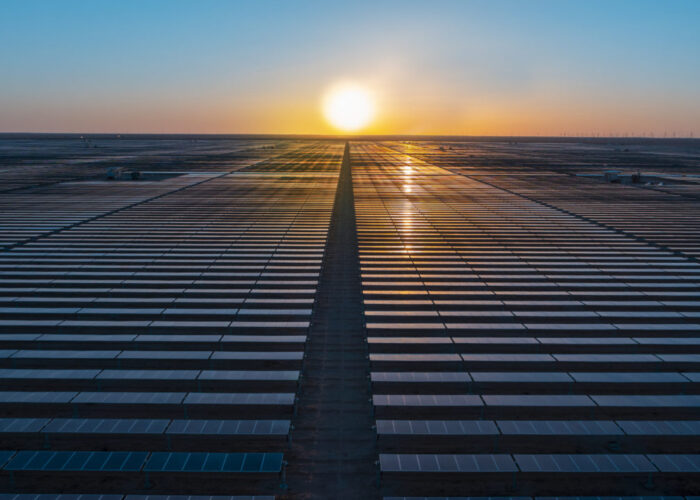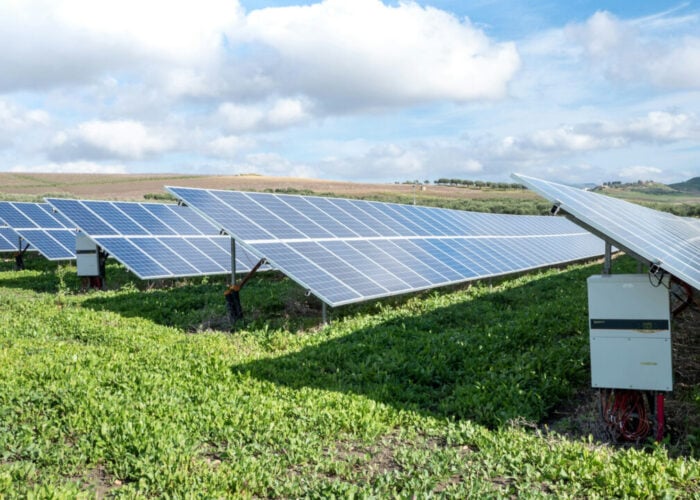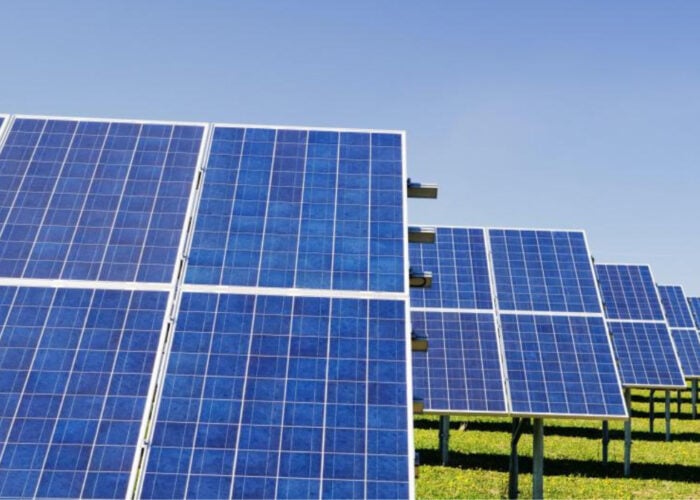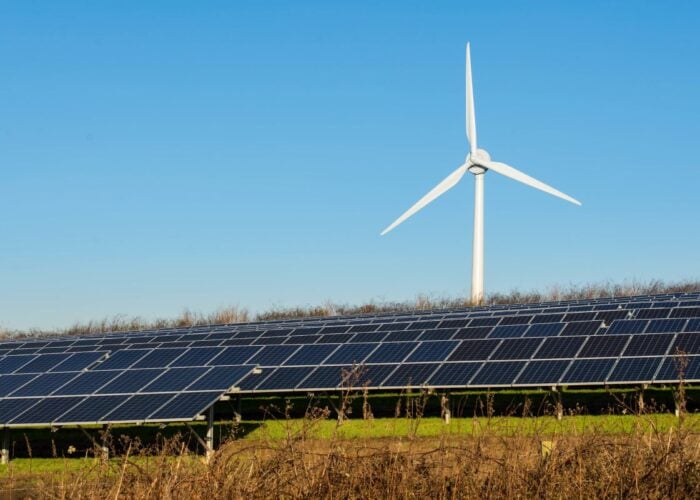Plansee High Performance Materials has added MoNa sputtering targets with high purity and a uniform and fine-grained microstructure to its product offering. Tests in cooperation with the Swiss EMPA institute have claimed the MoNa targets to be superior to alternative targets. Using Na-doped molybdenum layers, the efficiency of CIGS solar cells are said to have been significantly improved.
Problem
Unlock unlimited access for 12 whole months of distinctive global analysis
Photovoltaics International is now included.
- Regular insight and analysis of the industry’s biggest developments
- In-depth interviews with the industry’s leading figures
- Unlimited digital access to the PV Tech Power journal catalogue
- Unlimited digital access to the Photovoltaics International journal catalogue
- Access to more than 1,000 technical papers
- Discounts on Solar Media’s portfolio of events, in-person and virtual
The manufacturing cost reduction in terms of USD per watt is one of the most important challenges for CIGS solar module producers. Especially the sputtering process – one of the most important techniques for material deposition in CIGS – plays a crucial role in efficiency enhancement. In contrast to the high lateral homogeneity of thin films deposited by sputtering, a sputtered target generally has an erosion profile which is not homogeneous – a result of different plasma densities. As a consequence, the targets have to be replaced even if there is sufficient material on most of the target area. To overcome this limitation, targets with varying outer diameter known as ‘dogbone’ for rotary targets or thickness is a solution to extend the target lifetime and increase the target exchange interval.
Solution
Changing the sputtering system from planar to rotary targets increases the target utilization from about 30% to 75%, which saves expensive raw material. Depositing molybdenum back contact by monolithic molybdenum rotary targets – which are completely made of molybdenum – gives additional benefits: The expensive bonding of the molybdenum material on a stainless steel backing tube is not required. In addition, a higher sputtering power of up to 30 kW/m can be applied. This creates a very high heat load which cannot be accommodated by bonded-type targets: Indium is used as bonding material which melts at 156 °C, thus the risk of de-bonding is eliminated with monolithic targets. A higher sputtering power results in a higher deposition rate and improved thin film properties, e.g. higher electrical conductivity.
Applications
CIGS thin film module manufacturing.
Platform
The MoNa, monolithic molybdenum target and the dogbone targets are made to customer specifications. With MoNa the company offers a new material alloy that increases conversion efficiencies.
Availability
Currently available.







